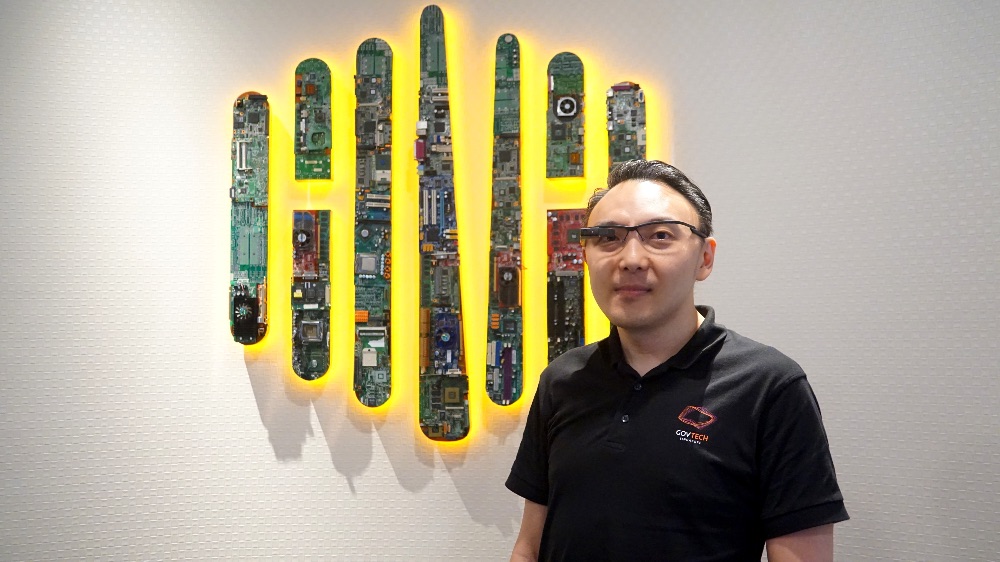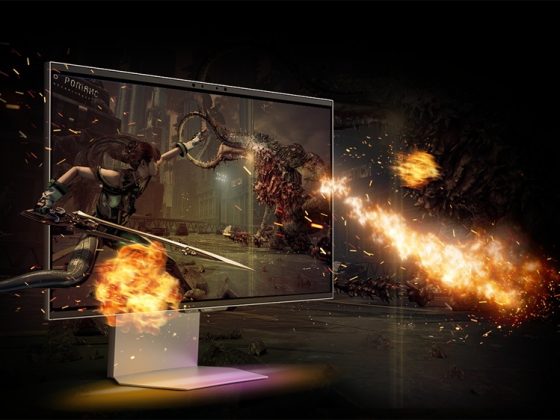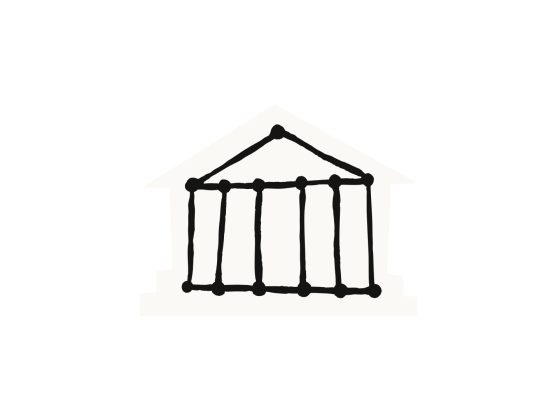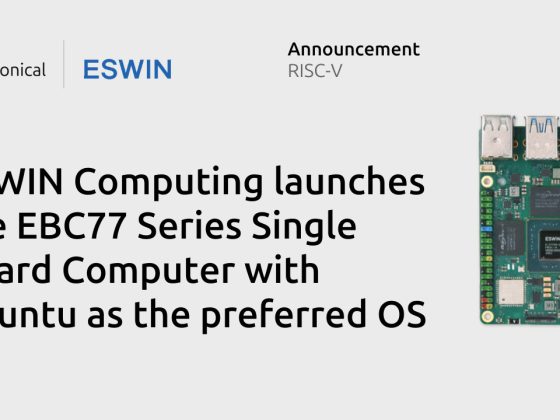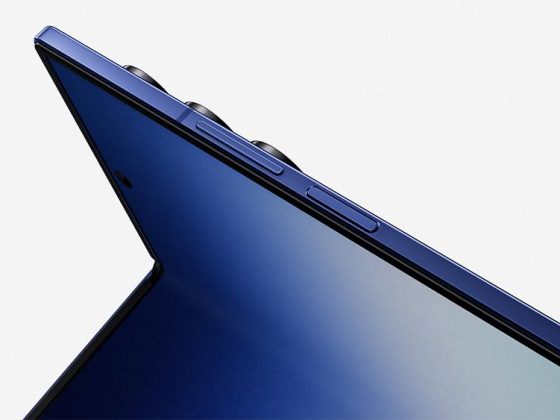When Google first announced its head-mounted display—the Google Glass—in 2012, it clearly caught the eye of the mass consumer market. The promotional video for the device, featuring icons and content flitting in and out of a wearer’s field of view, garnered millions of views within days of being released, giving the world a glimpse of a new interface with the digital world.
But fast forward to 2019, and Google Glass is nowhere to be seen. Mr Ng Yong Kiat, Senior Manager at the Government Technology Agency of Singapore (GovTech), puts it down to a failure in finding a proper use case for the gadget.
“[The Google Glass’] intended market segment was the mass consumer, but Google didn’t have an ecosystem or apps for smart glasses. If I buy a Google Glass for US$1,500, I wouldn’t even know what to do with it,” he said.
Does that sound the death knell for smart glasses technology? Far from it. At GovTech, Mr Ng and his team have evaluated numerous ways to use smart glasses, essentially finding specific niches for the futuristic eyewear.
Show, don’t tell
Out of the box, smart glasses have two major functionalities: live conferencing and facial recognition. While both can be done using conventional cameras, smart glasses are more ergonomic, allowing hands-free operation while being connected to the Internet via a smartphone.
Mr Ng cited the example of an engineer performing maintenance work which requires the use of both hands. The engineer may occasionally need to relay visual and audio information back to a control room to validate whether something has come back online, or whether certain repairs have been successful. In this case, smart glasses that live stream video can be immensely useful, he said.
“We’re working with the Land Transport Authority (LTA) to use the video conferencing function of smart glasses during train maintenance,” Mr Ng explained, adding that smart glasses would allow on-site engineers to tap on remote expertise for more difficult problems.
Changi Airport Group is also exploring the use of smart glasses for managing the construction of its new buildings. Rather than have static mounted cameras for worksite monitoring, smart glasses could allow supervisors to have a broader, more dynamic view of the construction area, said Mr Ng.
Finding the right fit
The applications discussed thus far mainly rely on the video conferencing function of smart glasses. Seeking to take things to the next level, Mr Ng’s team has developed custom video analytics software for smart glasses.
For instance, his team and the Sensors and Internet of Things team at GovTech are running a trial with LTA that involves using smart glasses to identify personal mobility devices (PMDs). “What we’re trying to do is pick out PMDs in a crowded scene of joggers, cyclists and so on. You can have sensors that measure the speed of a moving object, but you still need video analytics to find out whether that object is a PMD or something else,” Mr Ng explained.
To do so, his team performs data collection, data cleansing, data annotation and training of deep learning models for PMD detection.
Mr Ng emphasised that when developing software for smart glasses, the important thing is to avoid vendor lock-in, which means that the software must be compatible with a variety of off-the-shelf smart glasses. Hence, the application programming interfaces and software development kits used should be modular and interchangeable.
Noting strong interest from government agencies in adopting smart glasses technology, Mr Ng believes that this is the right approach to thinking about disruptive innovation—start with the problem statements, select the appropriate invention, then customise it to your use.
“We are definitely not early adopters of smart glasses, but we’ve taken the time to think about the appropriate contexts in which to deploy the technology,” he concluded.

